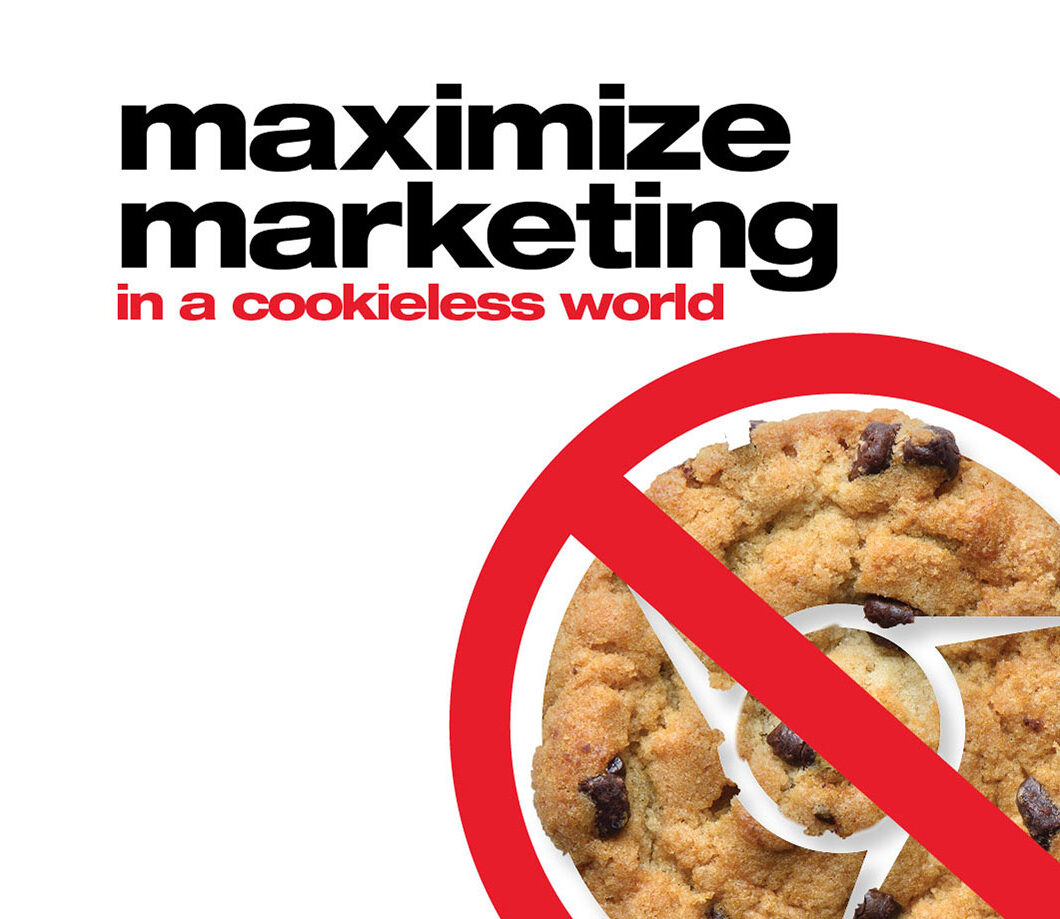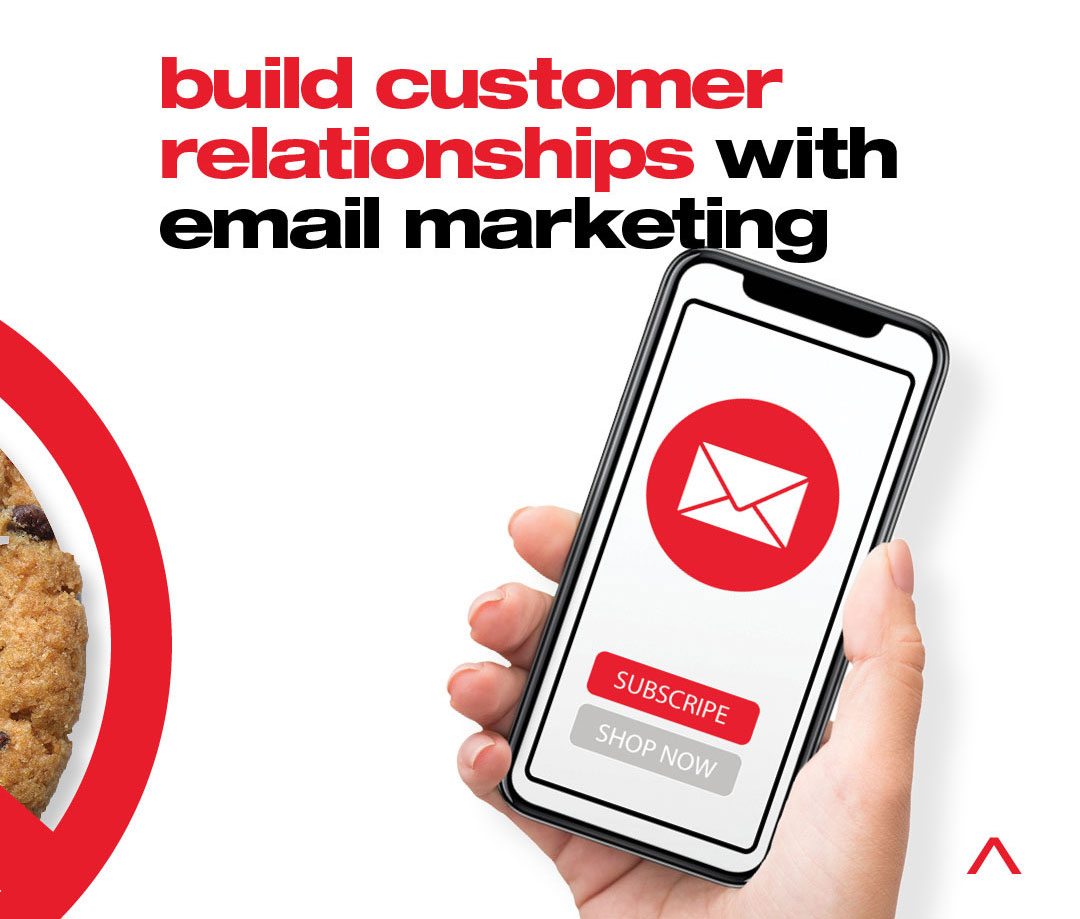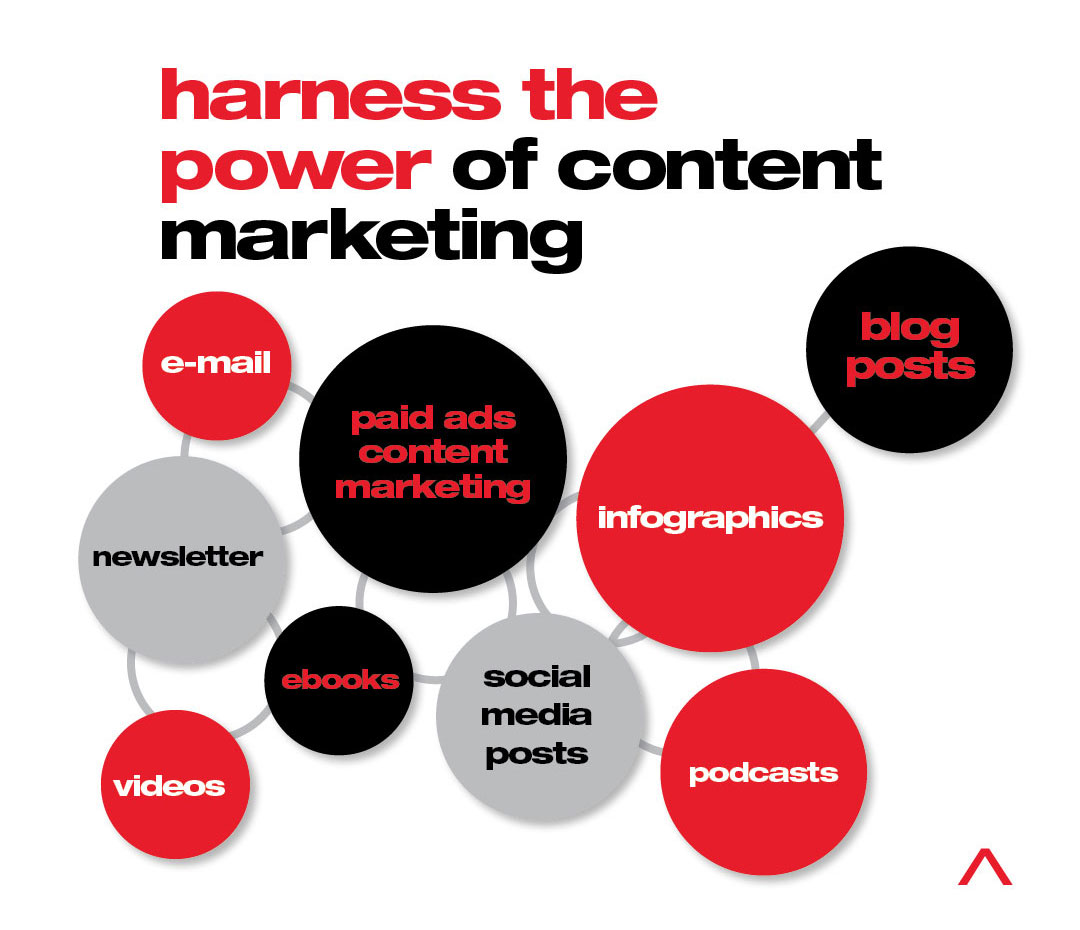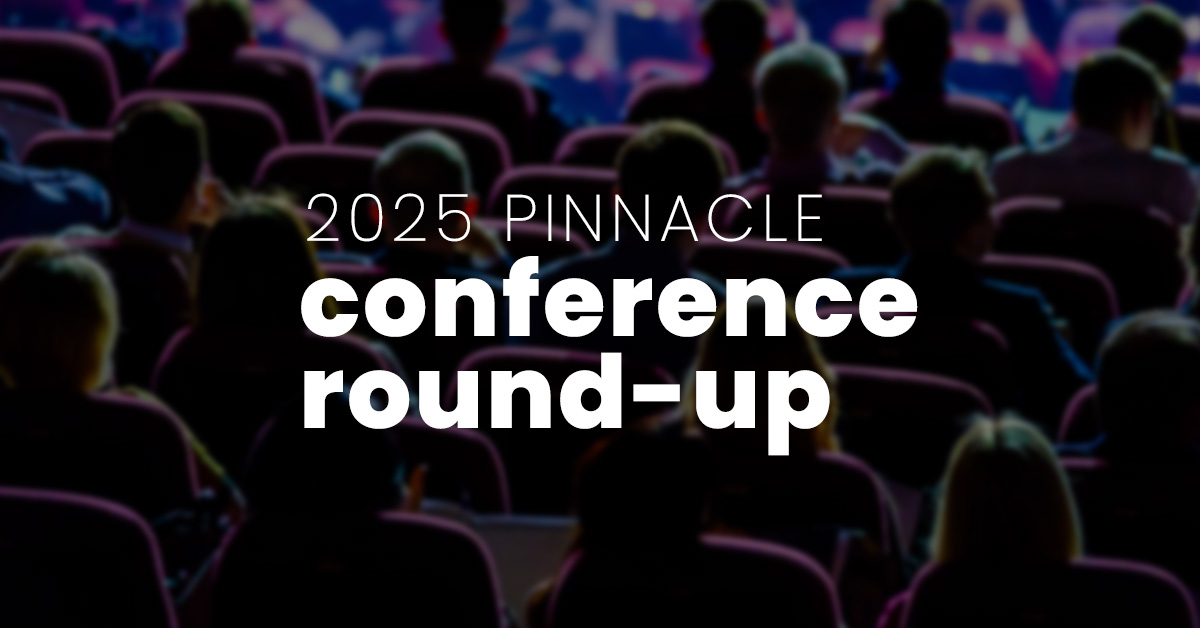
Offsetting Cookie Limitations by Leveraging Owned & Earned Media
While Google recently announced they are suspending plans for full cookie deprecation on Chrome browsers, marketers still face a pivotal challenge: navigating the shift to a cookie-reduced world while maintaining effectiveness and relevance. The era of targeted ads and detailed analytics is transforming, requiring a strategic reevaluation of marketing approaches. Amidst this transition, Owned & Earned Media emerge (again) as valuable channels, presenting unique opportunities for sustained success regardless of cookie limitations. At Pinnacle, we explore five key strategies to effectively leverage Owned & Earned Media, ensuring long-term viability and positive impact for brands and marketers.
1. Build Customer Relationships with Email Marketing Campaign Strategies
Marketers with an email marketing strategy can quickly and effectively tap into customer behavior and engagement analysis, augmenting web analytics and paid media insights. In a cookie-reduced world, these data points are increasingly valuable for understanding customer timing, connection points, and triggers that can drive optimizations in paid media. Secondly, email campaigns and strategies enable hyper-personalized messaging, which is becoming less available in paid media due to the loss of targeting parameters. Alongside personalization is the ability to nurture opportunities based on recent or predictive customer actions. In cookie-limited future, email marketing campaigns will remain a core marketing channel and become even more potent for sustained engagement and conversion.

2. Harness the Power of Content Marketing
Content marketing entails building and serving the right piece of content at the right moment. Content should be audience-first, helping to answer a question, build a solution, or simply entertain. While many content marketing formats come to mind, such as blogs, webinars, and white papers, that serve as conversion and lead drivers, content marketing also entertains, creating an entry point for a brand to have a relationship with that customer. When it comes to content marketing in a cookie-reduced world, the key is in the delivery of value. To identify that value, leverage data from email marketing, SEO insights, and other collected analysis to develop a content marketing strategy that solves, builds, and entertains, then deliver it authentically where your customers are spending their time.

3. Cultivating Digital Community Engagement
Community engagement has been a valuable marketing tactic for the past two decades. However, we now have more choices than ever for cultivating digital communities. The usual suspects – Meta, TikTok, LinkedIn, etc. – are still highly relevant, but newer digital community engagement platforms like BlueSky, Mastodon, and more are emerging across Web3 and brand-owned platforms, allowing brands to tap into deeper audience analytics and drive immediate response rates. Ultimately, cultivating community interest in digital communities such as these provides community engagement professionals an opportunity – allowing these spaces to serve as invaluable testing grounds for paid campaigns, ensuring optimized content resonance and audience alignment as well as near real-time feedback on product ideation, driving offline connections, and tapping into customer-focused vs. brand-driven narratives.
4. Embrace Social Listening and Monitoring
Social listening is a great way to stay attuned to audience sentiment and adapt to customer trends. Actively monitoring social conversations allows marketers to gain real-time insights into perceptions, sentiment, pain points, unaddressed questions, or simply how a customer connects with a product or brand. Social listening is often seen as passive and feeding into a longer-term analysis, but it also has capabilities for the immediate intersection of community management and customer relationship management. Social listening can provide qualitative and quantitative data for feedback and action.
5. Leverage Influencer Marketing Opportunities
Influencer marketing emerges as a beacon of authenticity amidst data privacy concerns. By collaborating with influencers and content creators, brands can forge genuine connections with niche communities, fostering trust and credibility. We typically recommend a focus on micro influencer marketing vs. mass. While prominent celebrity influencers have mass reach similar to a broadcast approach, micro influencer communities can drive more meaningful relationships and outcomes. Working with a collection of influencers can allow marketers and brands to tailor the messaging to resonate clearly with audience segments and address their personalized needs and wants. Then, as a relationship develops, marketers can transition invited audiences from micro influencer campaigns to more brand-owned channels and 1:1 engagement.
The era of cookie limitation heralds a paradigm shift in digital marketing that shifts away from immediate touchpoints based on targeting parameters and is compelling brands and marketers to build longer-term connections. Owned & Earned media strategies are primed to lay this foundation and Pinnacle Advertising and Marketing can help navigate marketing to the new cookie-reduced world on the horizon with resilience and effectiveness.


